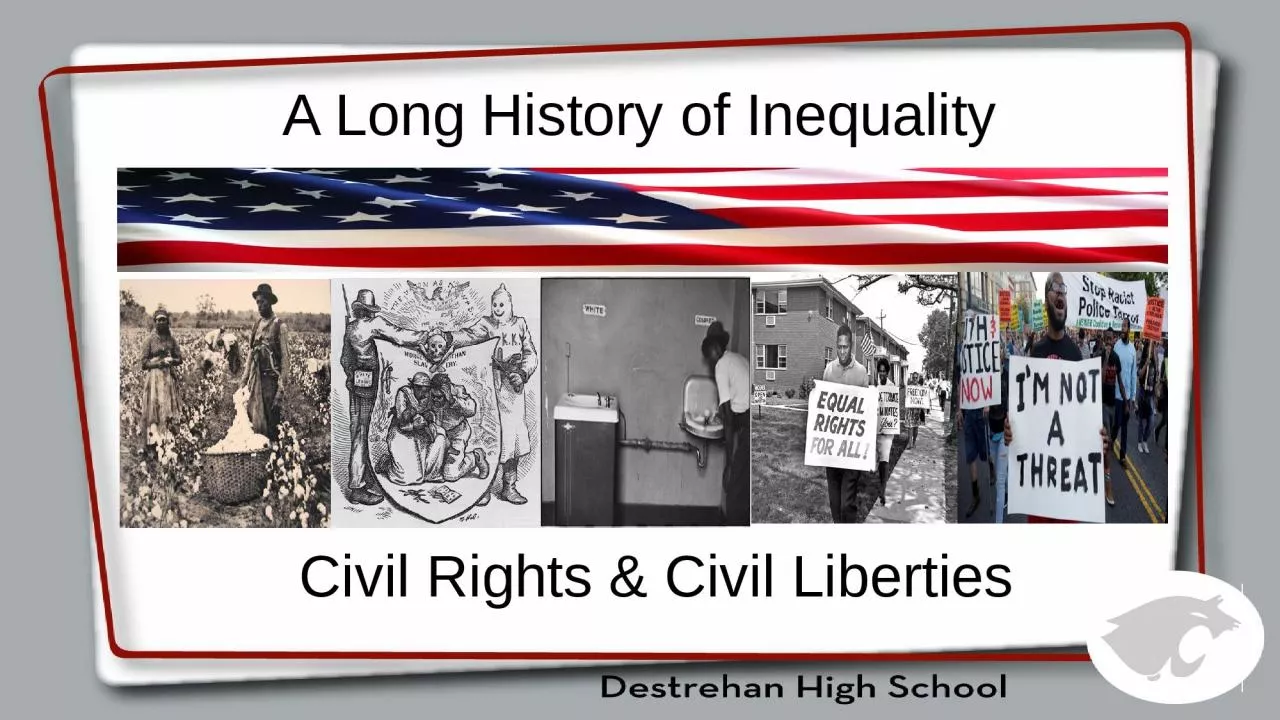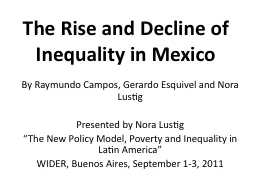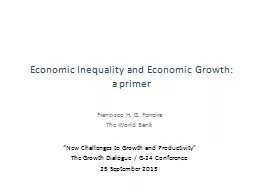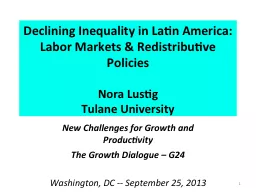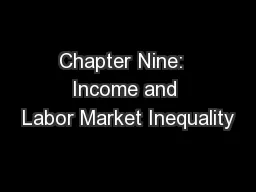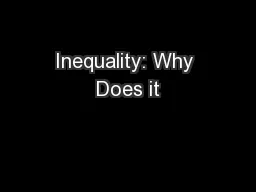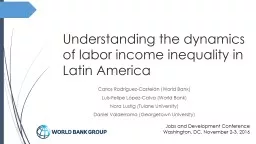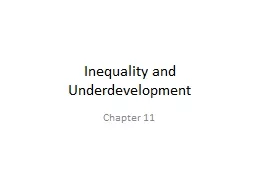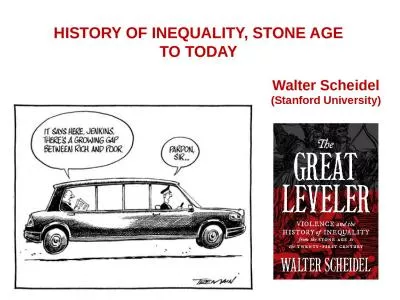PPT-A Long History of Inequality
Author : emmy | Published Date : 2024-02-02
Civil Rights amp Civil Liberties Defining Civil Rights The phrase Civil Rights is a translation of the Latin phrase ius civis rights or law protecting a citizen
Presentation Embed Code
Download Presentation
Download Presentation The PPT/PDF document "A Long History of Inequality" is the property of its rightful owner. Permission is granted to download and print the materials on this website for personal, non-commercial use only, and to display it on your personal computer provided you do not modify the materials and that you retain all copyright notices contained in the materials. By downloading content from our website, you accept the terms of this agreement.
A Long History of Inequality: Transcript
Download Rules Of Document
"A Long History of Inequality"The content belongs to its owner. You may download and print it for personal use, without modification, and keep all copyright notices. By downloading, you agree to these terms.
Related Documents

